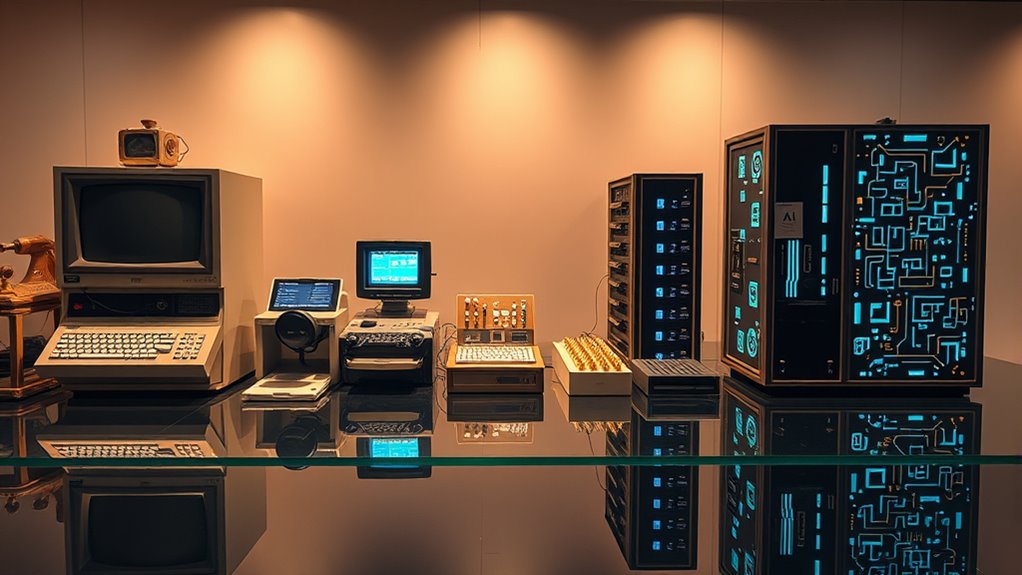Although technology has grown rapidly, few advancements have been as groundbreaking as Artificial Intelligence, or AI. It started way back in 1950 when Alan Turing created a test to see if machines could think like humans. Just a year later, in 1951, the first artificial neural network, called SNARC, was built. By 1952, the term “Artificial Intelligence” was born, thanks to Arthur Samuel.
Then, in 1956, a big meeting at Dartmouth set the stage for AI research. Two years after, Frank Rosenblatt made the perceptron, an early model of neural networks. AI’s growth is also tied to the massive increase in data over recent years, which has been crucial for training systems to become more efficient and secure training AI systems. Additionally, the Dartmouth Conference of 1956 sparked early excitement and laid the foundation for AI as a formal field of study Dartmouth Conference.
In 1956, the Dartmouth Conference ignited AI research, paving the way for Frank Rosenblatt’s perceptron, a pioneering neural network model, in 1958.
In the 1960s and 1970s, AI kept growing. The first AI lab opened at Stanford in 1965. Rule-based systems, which help machines make decisions, became popular in the ’70s for expert systems. But it wasn’t all smooth. From 1974 to 1980, AI hit a rough patch called the first “AI winter,” where funding and interest dropped. Things picked up again in 1979 as expert systems gained attention.
The 1980s brought a revival with more focus on expert systems. However, another “AI winter” hit from 1987 to 1994, slowing progress. A big moment came in 1997 when IBM’s Deep Blue beat the world chess champion. By the 2000s, AI started popping up in healthcare and finance. In 2008, research shifted to practical uses.
Modern times saw huge leaps. In 2011, IBM’s Watson won Jeopardy!, showing it could answer tricky questions. In 2014, Facebook launched DeepFace for facial recognition. Then, in 2016, AlphaGo beat a champion at the game Go. By 2017, Google’s Transformer model changed how machines understand language. In 2019, GPT-2 arrived for better text creation.
Recently, AI’s gotten even bigger. OpenAI’s GPT-3 came out in 2020, followed by ChatGPT in 2022, making generative AI super popular. GPT-4 launched in 2023, pushing limits further. AI is also expected to drive significant business automation improvements, enhancing productivity across various sectors.
From 2020 to 2024, AI spread fast across industries. Meanwhile, concerns about bias and ethics grew, leading to talks on governance in the 2020s. The World Economic Forum joined these efforts in 2022.
Looking ahead, AI’s set to transform healthcare, finance, and more, while ethics and accessibility remain key focuses.









